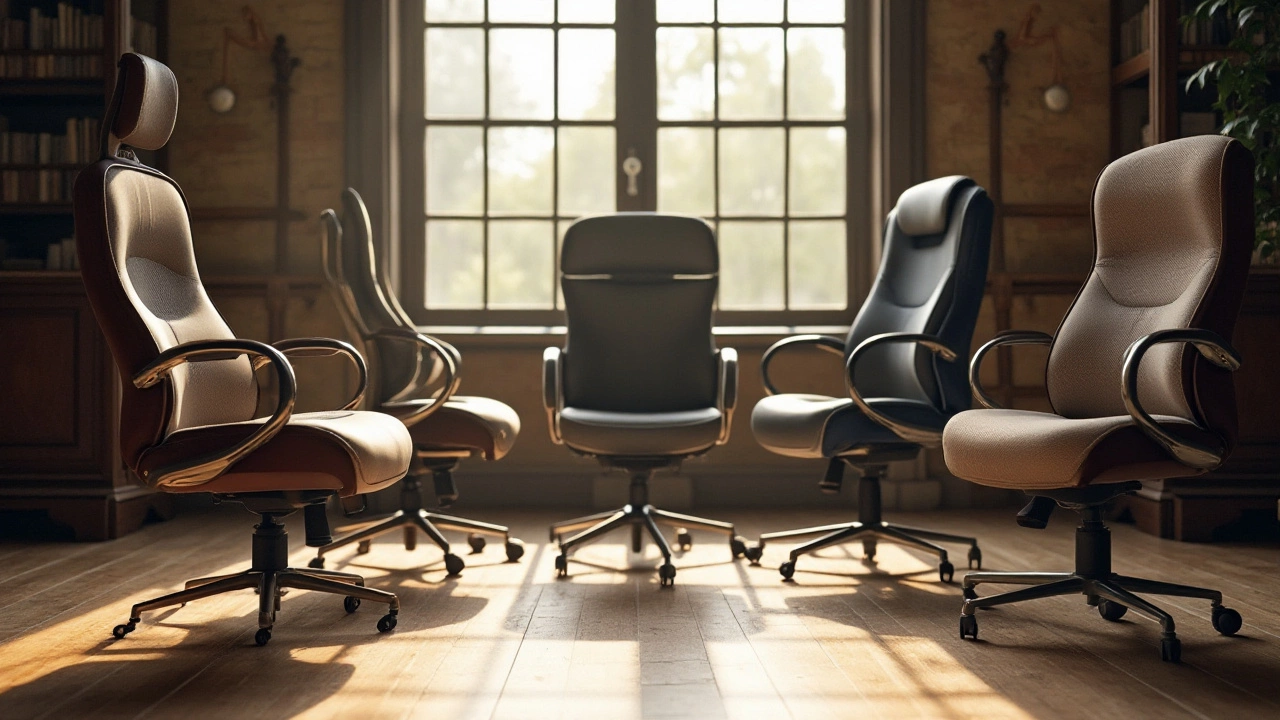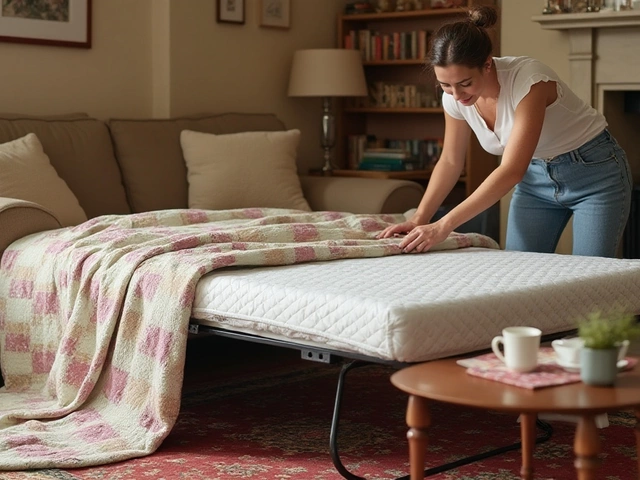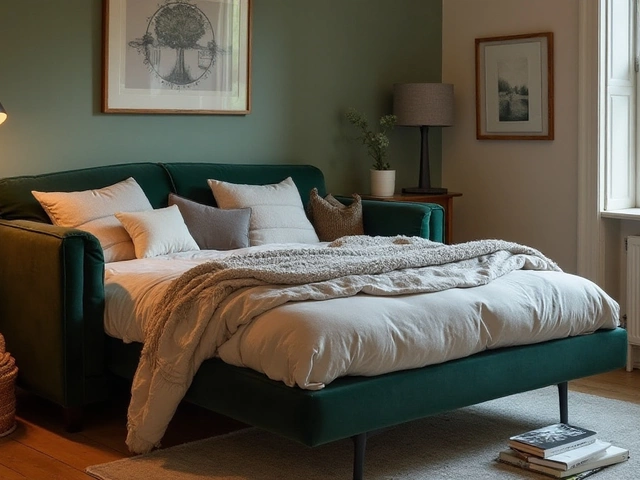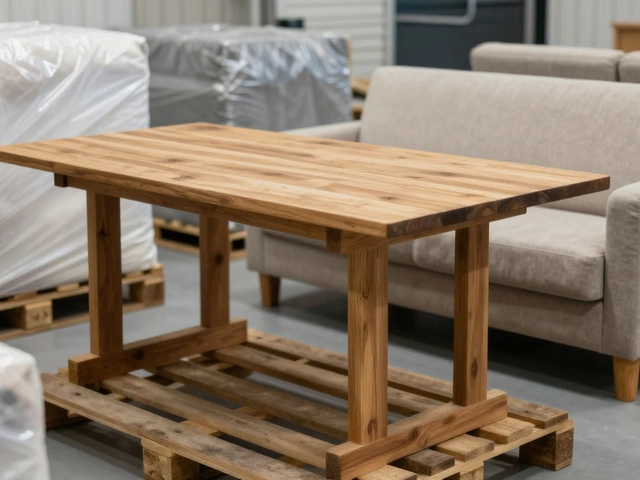Long Sitting Solutions: Stay Comfortable on Chairs and Sofas
Do you find yourself on a chair for hours at a time? Maybe it’s a classroom desk, an office chair, or a living‑room sofa. Long sitting can turn into pain if you don’t pay attention to a few simple details. Below you’ll get straight‑forward tips that keep you comfortable without spending a fortune.
Pick the Right Seat for the Job
The first step is matching the furniture to the activity. For studying or working, look for a chair with a sturdy frame, a seat that’s about 18‑20 cm deep, and a backrest that supports the lower spine. If the chair has a built‑in lumbar pad, that’s a bonus. For lounging, a sofa with firm cushions and a supportive back will keep you from sinking too far. Too soft and you’ll slump; too hard and you’ll feel stiff.
When you shop, sit down and test the seat for at least a minute. Your feet should rest flat on the floor, knees at a right angle, and your hips should be slightly higher than your knees. Adjust the height if the chair has a pneumatic lift. If you can’t adjust, add a small footstool to keep the posture right.
Support Your Body While You Sit
Even the best chair can’t fix a poor posture habit. Keep your shoulders relaxed and your elbows close to a 90‑degree angle. If you notice your back rounding, place a small pillow or rolled‑up towel behind the lower back. This simple trick keeps the natural curve of the spine in place.
Take micro‑breaks every 30‑45 minutes. Stand up, stretch your arms overhead, and shake out your legs. A quick walk to the water cooler or a hallway stroll resets circulation and reduces the risk of stiffness. These pauses are especially important for students and teachers who spend long periods at a desk.
If you’re using a sofa for work, add a lap desk or a small side table to keep your screen at eye level. Tilting the screen down forces you to crane your neck, which leads to tension. A proper screen height keeps your head straight and your neck relaxed.
Finally, think about the floor surface. Hard floors can be hard on your feet. A thin rug or a carpeted area adds a bit of give and makes standing up easier.
By choosing the right seat, supporting your spine, and moving regularly, you can sit for long periods without the aches that ruin productivity. Apply these basics today and notice the difference in your comfort and focus.





